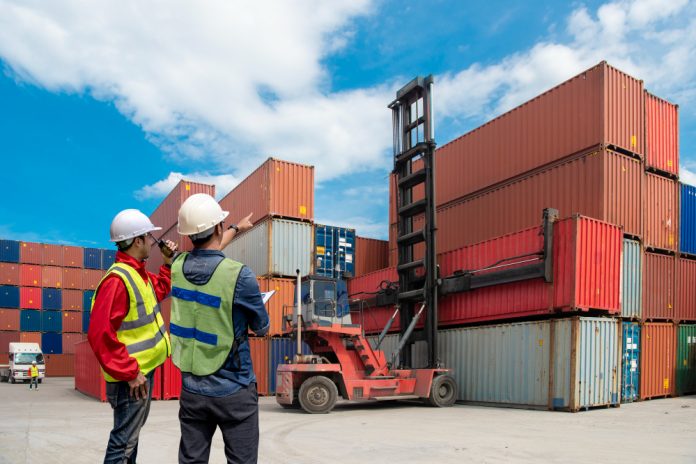India’s e-commerce sector has grown at a breathtaking pace—expected to surpass $120 billion by 2026, according to a joint report by FICCI and EY. Behind every click-to-cart experience lies an increasingly complex logistics web, now being tested by scale, speed, and customer expectations.
The explosion of digital retail is fundamentally reshaping how India moves goods—from mega warehouses on city outskirts to handoffs on rural motorbikes. This transformation is presenting both massive opportunities and challenges for the transportation industry.
How E-Commerce Is Reshaping the Transport Landscape
The most visible impact of e-commerce on logistics is in the last-mile delivery segment. In metro cities, tier-2 towns, and even remote areas, delivery fleets have surged to meet customer demands for next-day or even same-day delivery. This has resulted in:
- Increased pressure on fleet capacity, especially smaller vehicles and two-wheelers
- Rise of hyperlocal logistics providers, often serving as third-party aggregators
- Warehousing decentralization, pushing inventory closer to end consumers
- Higher reverse logistics volumes, as return rates in e-commerce average 20-30%
With demand so high, transporters are no longer just moving large freight—they are now key players in customer experience.
FICCI’s Insights and Strategic Recommendations
Recognizing the seismic shift, the FICCI Logistics & Supply Chain Committee has invested in research and consultations to understand how traditional logistics models must evolve.
Some of their key recommendations include:
- Encouraging infrastructure investment in last-mile hubs
- Standardizing digital frameworks to integrate transporters with e-commerce platforms
- Promoting green delivery initiatives like electric vehicle adoption
- Developing policy frameworks that support small-scale logistics operators entering the e-commerce ecosystem
FICCI has also collaborated with large e-retailers to create shared logistics resources that enable smaller transport players to participate in the high-volume delivery market.
AITWA’s Ground-Level Involvement
While FICCI sets strategic vision, AITWA ensures that fleet operators—especially those serving Tier 2 and 3 cities—don’t get left behind. Their work focuses on:
- Training traditional transporters on integrating with e-commerce logistics apps
- Creating awareness on the compliance needs of on-demand logistics
- Advocating for fair compensation policies for micro and small fleet providers
- Facilitating bulk delivery contracts between regional transporters and national e-commerce firms
AITWA’s intervention has helped many smaller operators diversify from B2B freight into B2C parcel delivery, significantly increasing their revenue streams.
Opportunities on the Rise
This evolution of e-commerce logistics is also giving rise to:
- Startup ecosystems focused on last-mile tech, route optimization, and micro-warehousing
- Expansion of crowd-sourced delivery models, leveraging gig economy workers
- Increased need for logistics data analysts and planners
- Cross-border e-commerce logistics, especially for Indian SMEs targeting overseas buyers
For transporters willing to adapt, the potential to scale rapidly and tap new markets is enormous.
Challenges That Still Need Attention
Despite the growth, several roadblocks persist:
- Traffic congestion and urban zoning rules limit delivery flexibility
- Rising fuel and operational costs cut into already thin margins
- Inconsistent technology adoption, especially among small logistics firms
- Lack of centralized support for handling reverse logistics efficiently
To remain competitive, logistics providers must balance operational efficiency with customer experience—a delicate and evolving formula.
The Road Ahead
E-commerce is not just a retail revolution—it’s a logistics revolution too. As buying habits continue to shift online, the transport sector must become faster, more agile, and digitally savvy. With support from FICCI’s research-driven policies and AITWA’s transporter-first advocacy, India is well positioned to build a logistics backbone that supports the demands of tomorrow.
Transporters who embrace this change—by investing in tech, training, and agility—will find themselves not just surviving the e-commerce wave, but thriving because of it.









